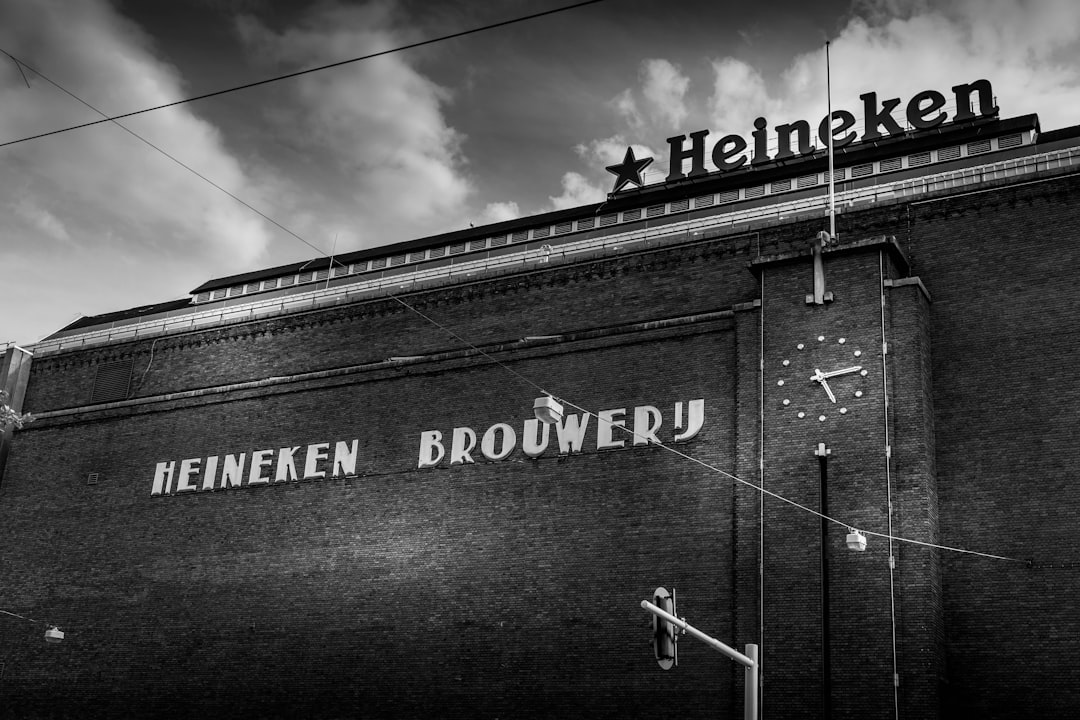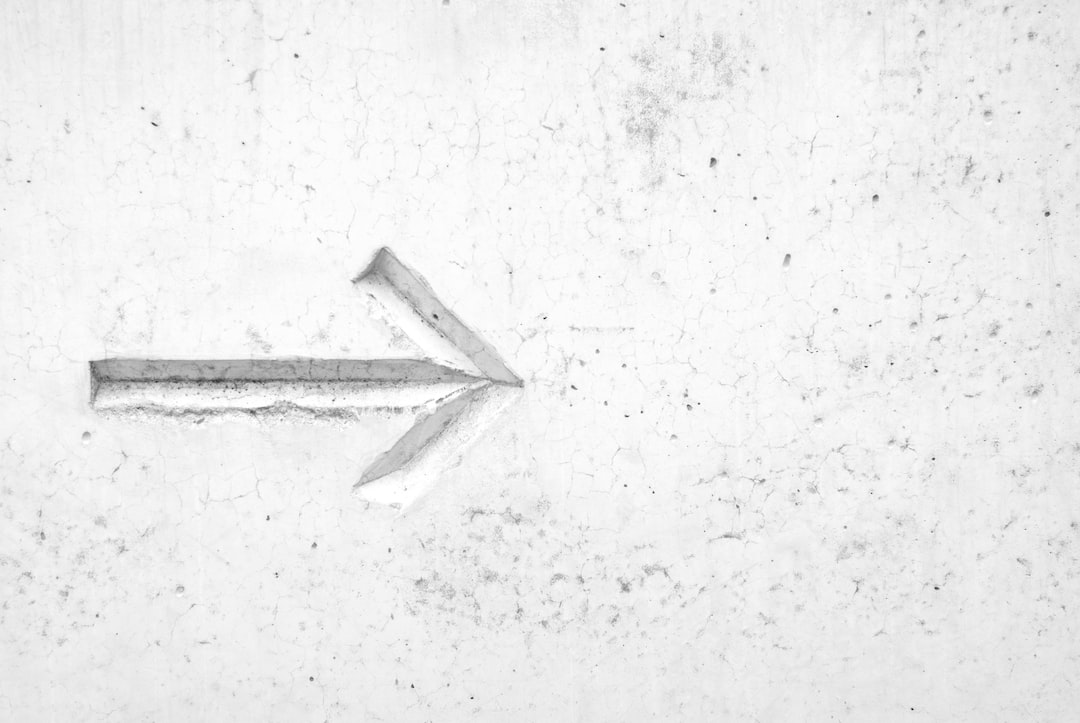The Hollow Earth Theory is a concept that has fascinated people for centuries. It proposes that the Earth is not a solid sphere, but rather contains vast hollow spaces within its interior. This theory has captured the imagination of many, and has been the subject of numerous myths, legends, and scientific hypotheses. Understanding the history and current beliefs surrounding the Hollow Earth Theory is important in order to appreciate its cultural significance and to critically evaluate its validity.
Key Takeaways
- The Hollow Earth Theory has its roots in mythology and has been explored by both science and fiction.
- Early proponents of the theory include Edmund Halley and John Cleves Symmes Jr.
- Fictional works by Jules Verne and Edgar Rice Burroughs helped popularize the theory.
- Scientific challenges to the theory include gravity, seismology, and geology.
- The theory became associated with the Third Reich, and modern beliefs include New Age spirituality and conspiracy theories.
The Origins of the Hollow Earth Theory: From Mythology to Science
The idea of a hollow Earth can be traced back to ancient myths and legends. Many cultures around the world have stories about an underworld or subterranean realm beneath the surface of the Earth. These myths often describe a hidden world inhabited by supernatural beings or deceased ancestors. In Greek mythology, for example, Hades was the god of the underworld, ruling over a realm where souls went after death.
In addition to these myths, scientific theories about the Earth’s composition and structure also contributed to the development of the Hollow Earth Theory. In the 17th century, Edmund Halley, an English astronomer and mathematician, proposed that the Earth was composed of concentric spheres with empty spaces in between. He suggested that these hollow spaces could be inhabited by beings similar to humans.
Early Proponents of the Hollow Earth Theory: From Edmund Halley to John Cleves Symmes Jr.
Edmund Halley’s hypothesis about a hollow Earth gained attention in scientific circles during his time. However, it was John Cleves Symmes Jr., an American army officer, who popularized the idea in the early 19th century. Symmes believed that the Earth was composed of multiple concentric spheres with openings at both poles. He even went so far as to organize public lectures and write extensively about his theory.
Symmes’ lectures and writings attracted a significant following, with many people believing in the possibility of a hollow Earth. However, his ideas were met with skepticism from the scientific community, who pointed out the lack of evidence and inconsistencies in his arguments. Despite this, Symmes’ efforts laid the foundation for future exploration and speculation about the Hollow Earth Theory.
The Role of Fiction in Popularizing the Hollow Earth Theory: Jules Verne and Edgar Rice Burroughs
| Author | Book Title | Year Published | Main Characters | Impact on Hollow Earth Theory |
|---|---|---|---|---|
| Jules Verne | Journey to the Center of the Earth | 1864 | Professor Lidenbrock, Axel, Hans | Popularized the idea of a hollow earth with a central sea and openings at the poles |
| Edgar Rice Burroughs | Pellucidar | 1915 | David Innes, Abner Perry, Dian the Beautiful | Expanded on the hollow earth theory with a world inside the earth’s crust and a sun at the center |
| Jules Verne | The Sphinx of Ice | 1897 | Jeorling, Count d’Artigas, Engineer Serko | Further explored the idea of a hollow earth with a civilization living inside and a sea at the center |
One of the most influential works of fiction that popularized the Hollow Earth Theory was Jules Verne’s “Journey to the Center of the Earth,” published in 1864. The novel tells the story of a group of explorers who venture into a volcano in Iceland and discover a vast underground world filled with prehistoric creatures and ancient civilizations. Verne’s vivid descriptions and imaginative storytelling captivated readers and further fueled interest in the concept of a hollow Earth.
Another author who contributed to the popularity of the Hollow Earth Theory was Edgar Rice Burroughs. His “Pellucidar” series, published in the early 20th century, depicted a world within the Earth’s crust that was inhabited by primitive humans and exotic creatures. Burroughs’ novels combined adventure, romance, and science fiction, captivating readers with his imaginative portrayal of a hidden world beneath our feet.
Scientific Challenges to the Hollow Earth Theory: Gravity, Seismology, and Geology
Despite its popularity in fiction and mythology, the Hollow Earth Theory faces significant scientific challenges. One of the main arguments against it is gravity. According to our current understanding of gravity, a hollow Earth would not be able to maintain its shape or support life as we know it. The gravitational forces exerted by a solid sphere are necessary for maintaining stability and allowing for the existence of an atmosphere.
Seismology and geology also provide evidence against the Hollow Earth Theory. Seismic waves generated by earthquakes have been used to map the interior structure of the Earth, revealing a solid core and various layers of molten rock and solid rock. This evidence contradicts the idea of vast hollow spaces within the Earth’s interior.
The Nazi Connection: How the Hollow Earth Theory Became Associated with the Third Reich

During the early 20th century, the Hollow Earth Theory became associated with Nazi Germany and their occult beliefs. The Nazis were known for their interest in esoteric and pseudoscientific ideas, and the Hollow Earth Theory fit into their narrative of a hidden, superior Aryan civilization. Some Nazi leaders, such as Heinrich Himmler, believed that the Aryan race originated from a subterranean world within the Earth.
This association with Nazi ideology has further fueled skepticism and criticism of the Hollow Earth Theory. It has been dismissed by many as a pseudoscientific belief rooted in Nazi propaganda and occultism. However, it is important to separate the historical context from the theory itself and evaluate it based on scientific evidence.
Hollow Earth Beliefs in Modern Times: New Age Spirituality and Conspiracy Theories
In recent decades, the Hollow Earth Theory has experienced a resurgence in popularity, particularly within New Age spirituality and conspiracy theories. Some proponents of these beliefs argue that there is a hidden civilization or advanced beings living within the Earth’s interior. They claim that these beings have superior knowledge and technology, and are waiting for humanity to reach a certain level of spiritual enlightenment before revealing themselves.
Conspiracy theories surrounding the Hollow Earth Theory often involve government cover-ups and secret societies. Some theorists believe that world leaders are aware of the existence of a hollow Earth but are hiding this information from the general public. These beliefs are often fueled by mistrust in mainstream science and a desire for alternative explanations for unexplained phenomena.
Exploring the Inner Earth: The Quest for Evidence of a Hollow Earth
Despite the lack of scientific evidence supporting the Hollow Earth Theory, there have been numerous expeditions and explorations aimed at finding proof of its existence. In the 19th and early 20th centuries, several explorers claimed to have discovered entrances to the inner Earth, such as the North and South Poles. However, these claims were often based on anecdotal evidence and were not supported by scientific analysis.
In more recent years, scientific expeditions to the polar regions have focused on studying the Earth’s climate and geology, rather than searching for entrances to a hollow Earth. These expeditions have provided valuable data about the polar regions and have contributed to our understanding of the Earth’s climate system. However, they have not provided any evidence to support the Hollow Earth Theory.
Hollow Earth and Extraterrestrial Life: Are Aliens Living Beneath Our Feet?
One of the more controversial aspects of the Hollow Earth Theory is the idea that it could be home to extraterrestrial life. Some proponents of this belief argue that advanced alien civilizations have established bases within the Earth’s interior, using it as a hiding place or a staging ground for their activities on Earth. They claim that UFO sightings and alien encounters are evidence of these hidden civilizations.
However, there is no scientific evidence to support these claims. The search for extraterrestrial life has primarily focused on other planets and moons within our solar system, as well as the possibility of microbial life on Mars or in the icy oceans of Jupiter’s moon Europa. The Hollow Earth Theory does not align with our current understanding of astrobiology and the conditions necessary for life.
The Ethics of Believing in the Hollow Earth Theory: Science, Religion, and Pseudoscience
The debate surrounding the Hollow Earth Theory raises important questions about the ethics of belief. While it is natural for humans to be curious and explore different ideas, it is also important to critically evaluate these ideas based on scientific evidence. Believing in pseudoscientific theories without evidence can lead to misinformation and the spread of false beliefs.
Religion also plays a role in belief in the Hollow Earth Theory. Some religious groups interpret ancient texts and myths as evidence of a hidden world within the Earth. While it is important to respect religious beliefs, it is also important to separate religious faith from scientific inquiry. Science and religion can coexist, but they operate in different realms and should not be conflated.
The Future of the Hollow Earth Theory: Will It Ever Be Proven or Disproven?
The current scientific consensus is that the Hollow Earth Theory is not supported by evidence and is not a valid scientific hypothesis. However, science is always evolving, and new discoveries could potentially provide evidence for or against the theory in the future. It is important to remain open-minded and willing to reevaluate our beliefs based on new evidence.
In order to determine the validity of the Hollow Earth Theory, it would require rigorous scientific investigation and analysis. This would involve studying seismic waves, gravity measurements, and conducting explorations of the polar regions using advanced technology. Until such evidence is presented, the Hollow Earth Theory remains a subject of speculation and imagination.
The Hollow Earth Theory has a long and fascinating history, from ancient myths and legends to scientific hypotheses and works of fiction. While it has captured the imagination of many, it lacks scientific evidence to support its validity. Understanding the history and beliefs surrounding the theory is important in order to appreciate its cultural significance and to critically evaluate its claims. In a world filled with misinformation and pseudoscience, it is crucial to rely on critical thinking and scientific evidence when evaluating theories such as the Hollow Earth Theory.
FAQs
What is the Hollow Earth Theory?
The Hollow Earth Theory is a belief that the Earth is not a solid sphere, but rather has a hollow interior with a central sun and possibly even an inner civilization.
Who first proposed the Hollow Earth Theory?
The Hollow Earth Theory has been around for centuries, with some of the earliest proponents including Edmund Halley and John Cleves Symmes Jr. However, the most well-known proponent of the theory was probably Jules Verne, who wrote the novel “Journey to the Center of the Earth” in 1864.
What evidence is there to support the Hollow Earth Theory?
There is no scientific evidence to support the Hollow Earth Theory. The theory is based on speculation and conjecture, rather than empirical observation or experimentation.
What are some of the arguments against the Hollow Earth Theory?
One of the main arguments against the Hollow Earth Theory is that it contradicts our understanding of the Earth’s composition and structure. We know that the Earth is a solid sphere with a molten core, based on seismic data and other scientific observations. Additionally, there is no evidence of an inner sun or civilization.
Why do some people still believe in the Hollow Earth Theory?
Some people still believe in the Hollow Earth Theory because they find it appealing or intriguing. Others may be drawn to conspiracy theories or alternative explanations for scientific phenomena. However, there is no scientific basis for the theory, and it is not widely accepted by the scientific community.







